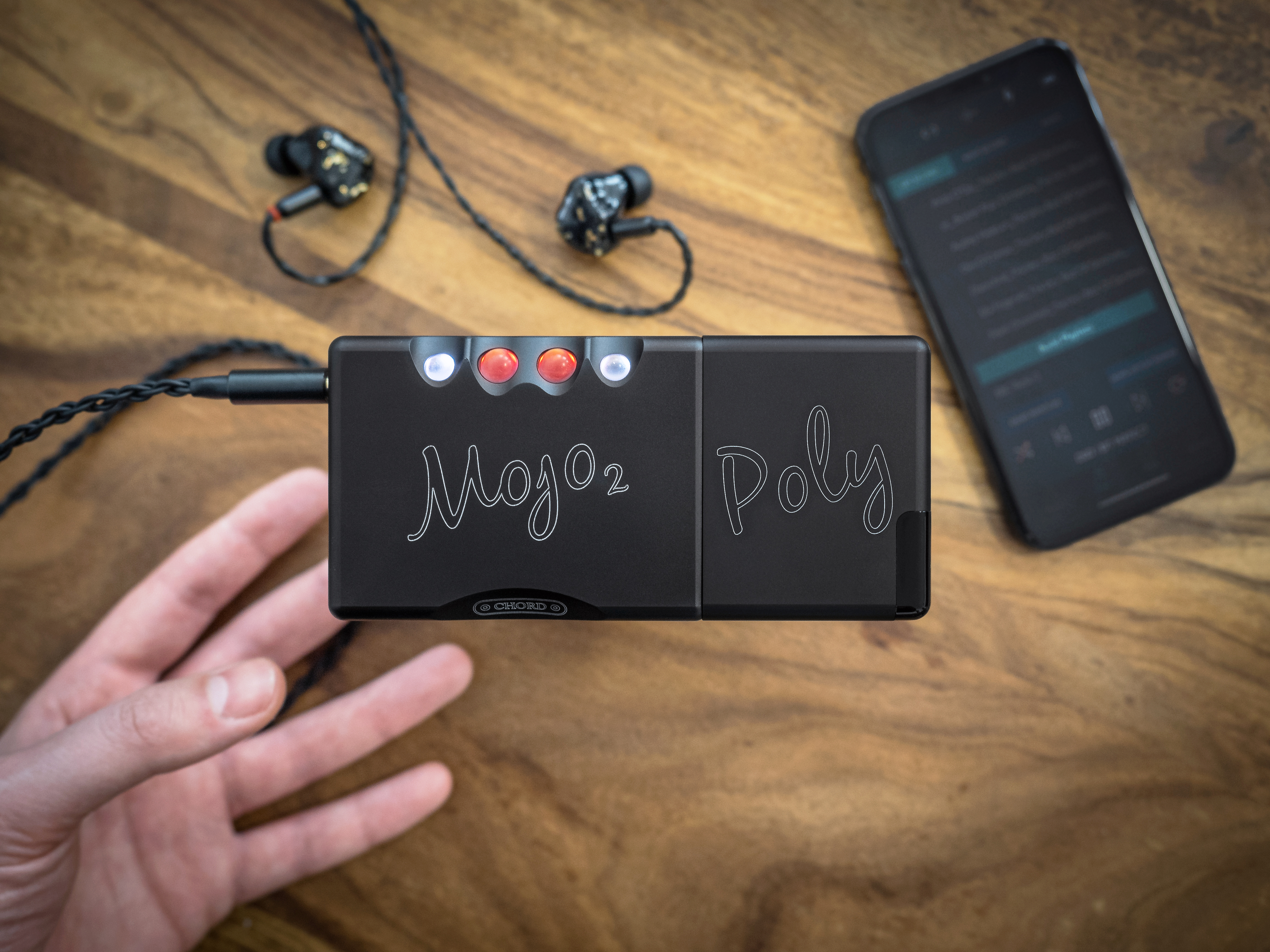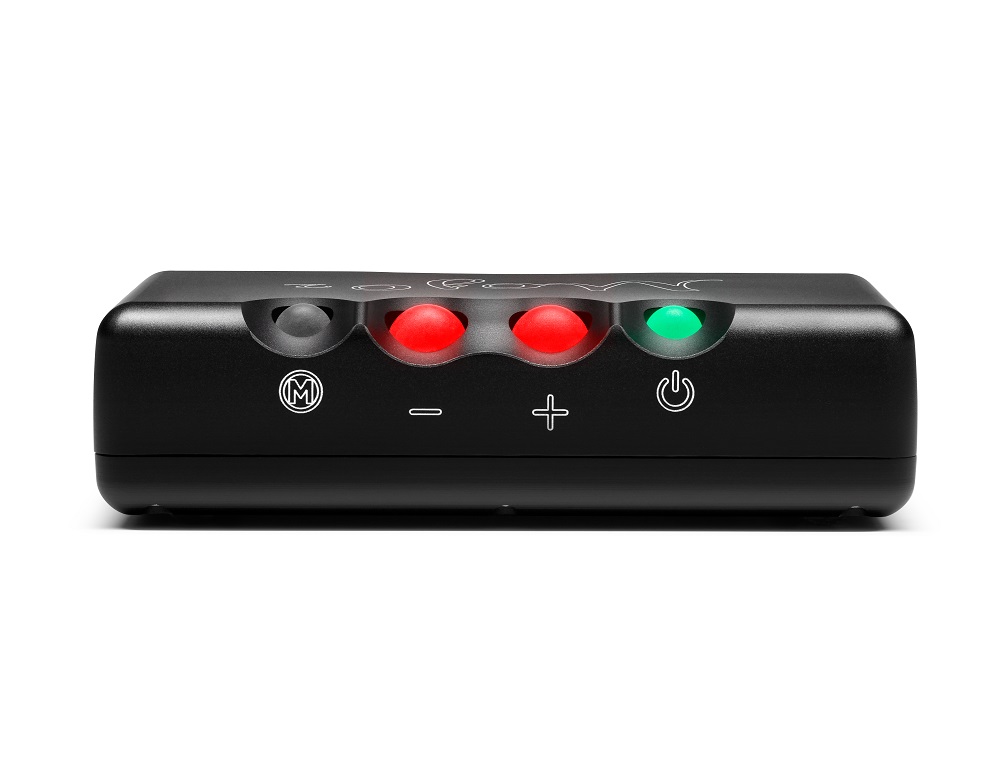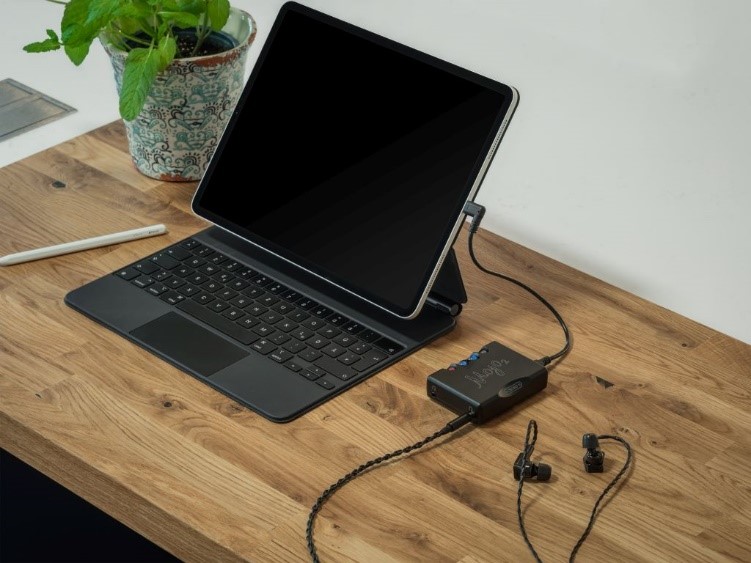Hi-Fi+ Tests Chord Electronics Mojo 2, Find It Is Sophisticated and Impressive
Posted by The Sound Organisation on Jun 10th 2022
While still new to the market (especially stateside), the long-awaited refresh of the popular Chord Electronics Mojo has been making it's way to listeners and audio critics. Hi-Fi+ recently got their hands on Chord's Mojo 2 DAC/headphone amplifier and took to the lab to run some tests. Jason Kennedy recalls the release of the original Mojo, which had far more fanfare in the days long before a worldwide pandemic. But, without swanky release parties in the heart of London, does the Mojo 2 live up to the original?

While the price is comparable to the original Mojo, one of the first things you may notice about the Mojo 2 DAC is the addition of a fourth Control Sphere, Chord Electronics' signature polychromatic input buttons. The new "Menu" control sphere provides tone controls, an unconventional inclusion for ;hi-fi DACs. But, as Chord Electronics points out, there's a reason to add this equalizer function: this gives the listener greater control over the sound mix when switching between a speaker system and a headphone system. It can also help appeal to a wider range of preferences, for those who want a flat or neutral balance or one with more dynamic shaping. If you're worried that DSP will be lossy and remove detail from your recording, you can read more regarding how Rob Watts and Chord Electronics has cleverly and painstakingly avoided signal loss or distortion with the UHD DSP system.

In another departure from the previous version, the Mojo 2 uses the USB-C inputs. No more flipping the micro-USB over a couple times to fit it in correctly, the new USB-C input will be much easier to use and offer compatibility with more and more devices. (Micro USB is still retained for use with the Poly streamer.) Of course, you'll need to make sure whichever cables you use are data capable, and not merely a charging cable. Kennedy ran into this issue when hooking the Mojo 2 into his system, where the source was unable to pass data to the Mojo 2. But, after swapping out to the provided cable, the Mojo 2 gladly accepted the data streaming through the cable.

Once hooked into the system with appropriate connections, Kennedy was able to move forward with the listening test. At first, Kennedy found that the Mojo 2's unmodified performance was "thrilling, intense and very exciting but a little too forward for my tastes." After some tone adjustments using the DSP functions, the Mojo 2 took on a balance curve more similar to non-mobile DACs on the market, without sacrificing the detail, timing, or transparency of the neutral replay setting. While Kennedy recommends keeping the manual handy (available in a PDF so you can always have a copy nearby) to make tone changes, the overall performance on the Mojo 2 was surprising for a "mobile" DAC.
"The overall performance is extremely good for a DAC at this price and given that I was using fairly basic cables this is not as good as it can get. There is no shortage of power nor of fine detail, I was impressed on several occasions at the way it could pick out the quieter sounds even when things were getting very busy musically speaking...I take my hat off to Rob Watts and Chord Electronics for the way that they have managed to incorporate sophisticated equalisation into the Mojo 2 without compromising its excellent sound quality. Add to that this all metal and impressively well finished little device is made in the UK for a price that competes with the best in the business and you have a bona fide winner."
